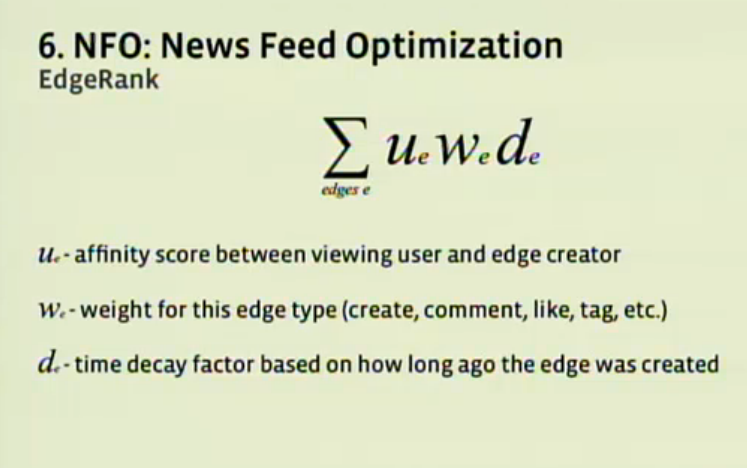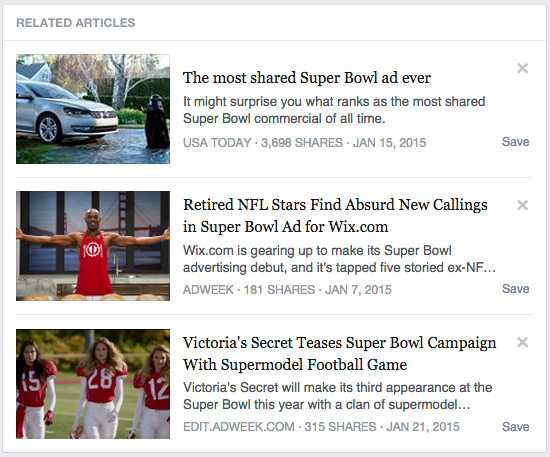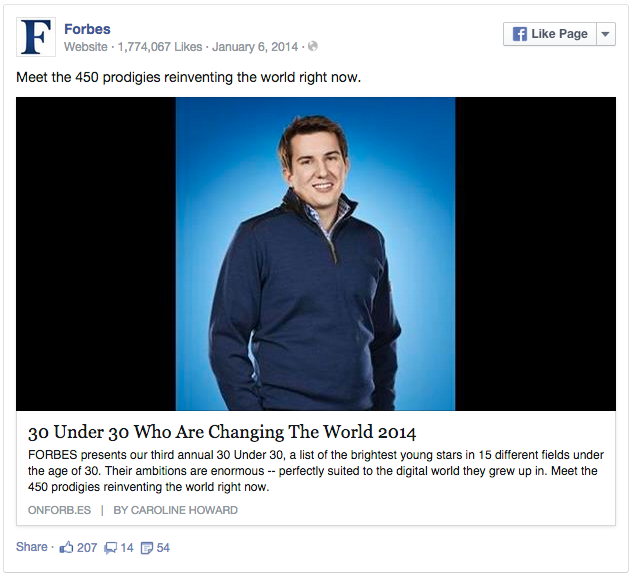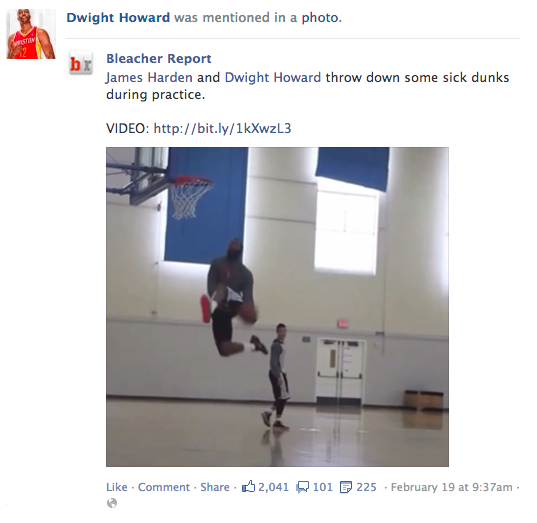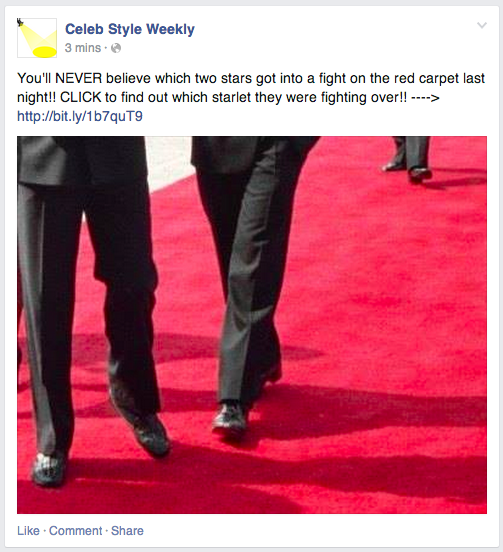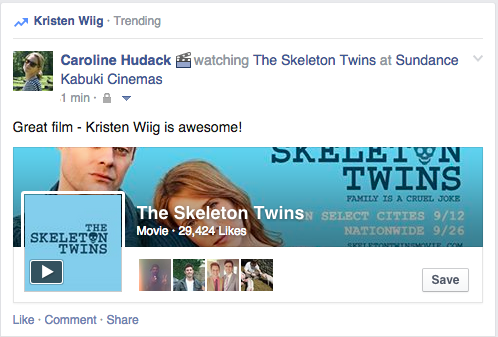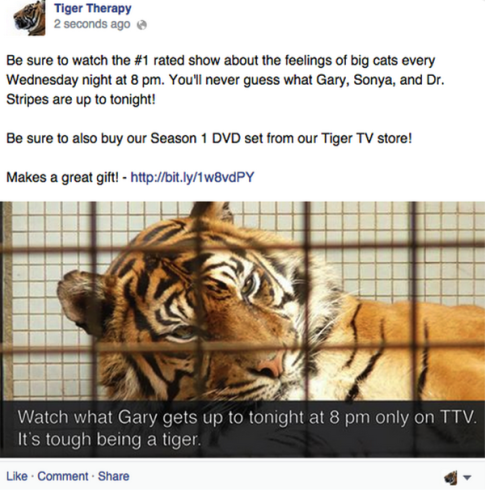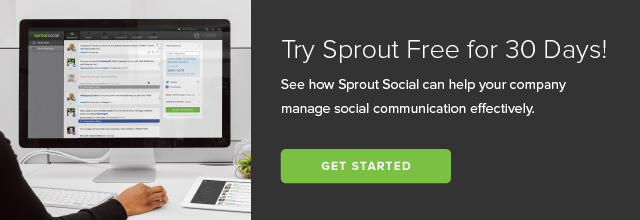Everything You Need to Know About Outsourcing Facebook Marketing

Facebook marketing, to be successful, requires quite a bit of investment. You need to be creating content to post on the site. You need to be curating content from around your industry. You need to be interacting with your fans at all hours of the day, both when they comment on your posts and when they send you messages. You need to be studying analytics to know what works and what doesn’t, in order to streamline your process to boost your returns. You need to be aware of industry trends in social media, so you know what changes Facebook is making.
All of this takes an incredible amount of time. It’s no wonder that people market themselves strictly as Facebook marketing specialists. It’s also no wonder that many businesses decide, sooner or later, that outsourcing to these experts is a good idea.
What do you need to know to successfully outsource your Facebook marketing?
The Pros and Cons of Outsourcing
When you outsource your Facebook marketing, you’re contracting either a single consultant or an agency to manage your account for you. For most businesses, an agency is going to be preferable; you want as much coverage throughout the day as possible. A single consultant may have other gigs, leaving less time to dedicate to your business.
The pros of hiring an agency or a consultant:
- You’re connecting with experts in social media. Facebook can be very complex; an agency that specializes in it knows what they’re doing.
- You’ll find your marketing plan reviewed and improved. Marketing specialists know best how to use the platform to market a business, and they can make improvements to your marketing strategy.
- You’ll contract with someone who has plenty of tools at their disposal. Your small business might not be able to justify purchasing large suites of analytics and management tools, but an agency will have them.
On the other hand, there are some cons with outsourcing. If any of these is a deal-breaker for your business, you’ll need to consider hiring an in-house social media expert instead.
- You lose familiarity. An agency will be able to research your business, but they won’t know the intricacies of your history like you do. You need to make sure the lines of communication are always open, so your agency can get information from you to please a potential client.
- You lose the insider perspective. An agency isn’t going to be able to share candid internal photos or anecdotes at the drop of a hat. You can arrange such information, but it’s not going to be as spontaneous as it otherwise would be.
- An agency is disconnected. They aren’t part of your culture, they aren’t part of your brand, and while they’re going to be talented mimics, they don’t be perfect.
An Eye to Costs

There’s also the cost factor of marketing on Facebook, either internally or through an agency. Some businesses think that Facebook is a free platform, and paying an agency to manage it is a net loss. In reality, Facebook marketing is far from free. Sure, you can use the platform entirely without spending a penny, but you’re missing out on some of the best features it has to offer.
There are all of the hidden costs associated with Facebook as well. Try an experiment; total up the amount of time you spend creating content, posting, and engaging with your fans. Assign this an hourly rate, either what you’re paid or what you would pay an in-house manager. Add to this the costs of developing a marketing plan, the costs of running advertising, the costs of training an any other associated costs you can think up.
Now compare that to the cost of a social marketing agency. A good agency will run you between $2,500 and $15,000 per month. Larger companies might end up paying even more to manage multiple accounts across multiple sub-brands. Depending on the agency and the costs associated with your internal marketing, this may very well be the cheaper option. At the very least, the costs will be comparable.
Partial Outsourcing
There’s also the hybrid model, where you retain some control over your pages, but you outsource some of the work. What should you outsource, and what should you hold back, if you opt for this model?
Outsource:
- Setup and design of your profiles. If you’re not a graphic designer and don’t have one on staff, please don’t try to design a cover photo and profile picture yourself. You’re just asking for an amateur impression.
- Basic status updates. You can schedule and automate this yourself, or you can allow the agency you hire to do so. As long as the agency is given some leeway and some information, they can probably create better messages than you can.
- User engagement. Basic responses to comments are easy to outsource. You just need to make sure you’re available to answer questions in case something comes up that the agency can’t handle based on what they know.
Picking an Agency or Consultant

How can you choose the right agency to represent your business? There’s a long interview process involved, and you should always make sure to leave the first month or so of your contract as open as possible, in case the fit just isn’t right. Here are some concerns to address.
- Trust. You need to make sure the agency in charge of your accounts is trustworthy. You’re giving them at least moderator access to your page; you can’t have them misrepresenting your brand, stealing information or compromising your users in any way. How can you make sure an agency is trustworthy? Look for past customers and a history of their company.
- Boundaries. What will the agency handle, and what will you do in-house? If the agency expects you to do the graphical work, but you expect them to handle it, nothing will get done. It’s the same for any task. Set defined lines as to where your responsibility ends and theirs begins.
- Communication. This has been said multiple times, but you need to make sure you have an open line of communication with your agency. This works both ways; so you can monitor what they’re doing and fix issues before they become problems, and so that they can ask questions when they need information on a time-sensitive basis.
And, of course, there’s price. You need to do the cost-benefit analysis to determine how much the time and energy you save on not doing the Facebook work yourself is worth. If the agency in question is far and away more expensive, it might not be a worthwhile investment.
The post Everything You Need to Know About Outsourcing Facebook Marketing appeared first on Boostlikes.com.








